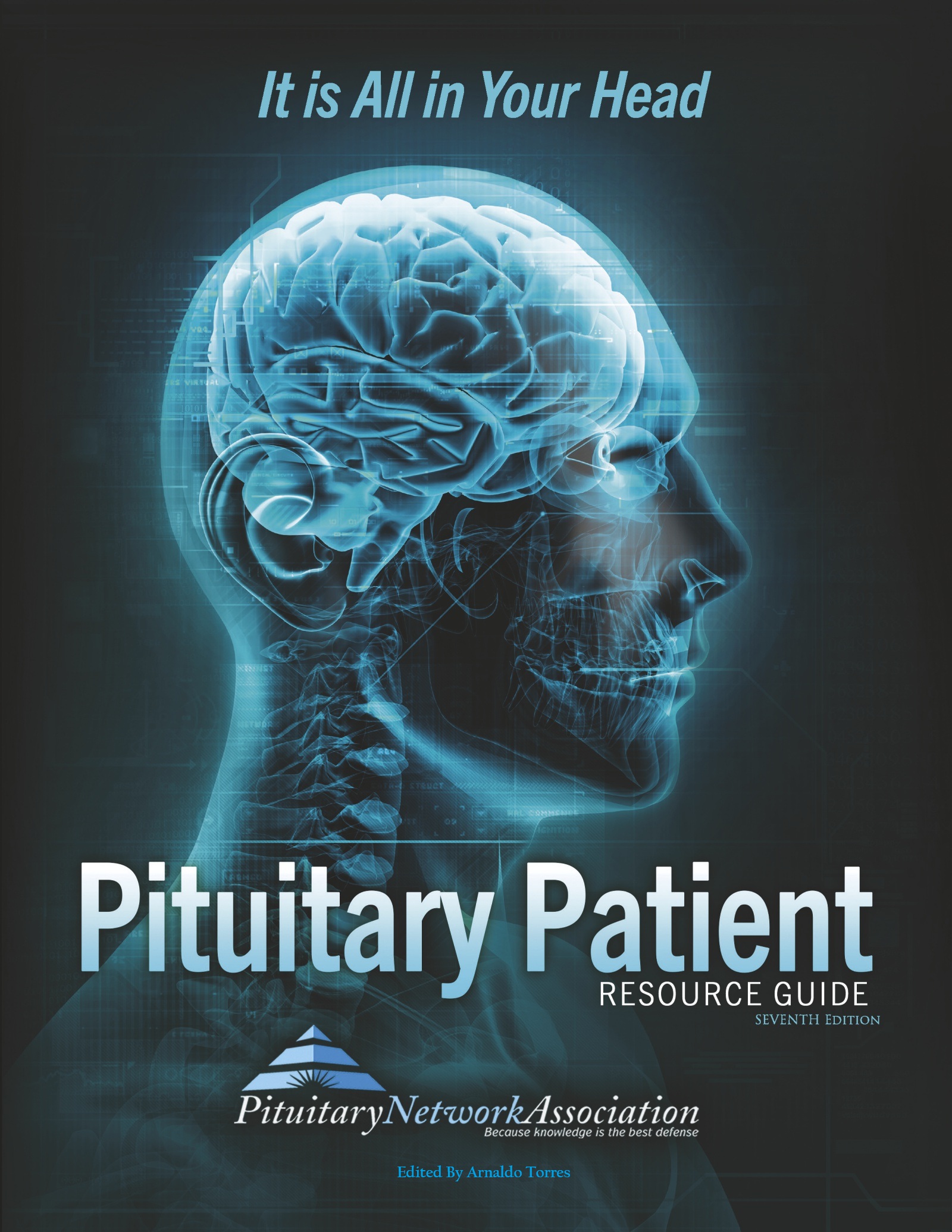News Articles February 2022
Written on 04 February 2022.
Neoplasm
An abnormal tissue that grows by cellular proliferation more rapidly than normal and continues to grow after the stimuli that initiated the new growth cease.
Neoplasms show partial or complete lack of structural organization and functional coordination with the normal tissue, and usually form a distinct mass of tissue, which may be either benign (benign tumor) or malignant (cancer).
Nervous System
The entire integrated system of nerve tissue in the body
The brain, brain stem, spinal cord, nerves and ganglia.
Neuron
Nerve cell; conducts electrical signals.
1) A type of cell that receives and sends messages from the body to the brain and back to the body. The messages are sent by a weak electrical current. Also called nerve cell.
2) The basic cellular units of nervous tissue. Each neuron consists of a body, an axon, and dendrites. Their purpose is to receive, conduct, and transmit impulses in the nervous system.
3) The major components of a typical neuron include the cell body with the nucleus; the dendrites that receive signals from other neurons; and the axon, which relay nerve signals to other neurons at a specialized structure called a synapse. When the nerve signal reaches the synapse, it causes the release of chemical messengers (i.e., neurotransmitters) from storage vesicles. The neurotransmitters travel across a minute gap between the cells and then interact with protein molecules (i.e., receptors) located in the membrane surrounding the signal-receiving neuron. This interaction causes biochemical reactions that result in the generation, or prevention, of a new nerve signal, depending on the type of neuron, neurotransmitter, and/or receptor involved.
Neuroradiology
The clinical subspecialty concerned with the diagnostic radiology of diseases of the central nervous system, head, and neck.
The use of medical interventional radiologic techniques in which fluoroscopic imaging is used to guide catheters in blood vessels.
Noninvasive
Denoting a procedure that does not require insertion of an instrument or device through the skin or a body orifice for diagnosis or treatment.
In cancer, it describes disease that has not spread outside the tissue in which it began.
Nuclear Medicine
The clinical discipline concerned with the diagnostic and theraputic uses of radionuclides (an isotope of artificial or natural origin that exhibits radioactivity), excluding the therapeutic use of sealed radiation sources.
Certain imaging procedures, including PET scanning, employ radionuclides to provide real-time visuals of biochemical pro cesses. One device, a nuclear imaging machine, employs a scintillation camera, which can rotate around the body to pick up radiation emitted by an injected substance (e.g., radioactive iodine, which localizes in the thyroid, or radioactive thallium, which localizes in the heart). Through computerization, a digitized image of a particular organ is produced.
Nucleus
The center of the cell containing the genetic information (genes and chromosomes, DNA, etc.).
The appearance of the nucleus is used as a criterion to determine the malignant potential of a cell or tissue.
Olfactory Bulb
Anterior projection of the olfactory lobe that is the place of termination of the olfactory nerves.
One of two structures connected to the olfactory tracts to which the olfactory cells are anchored.
Olfactory Cells
Specialized cells found at the top of the nasal cavity which converts a smell detected by the olfactory hairs into tiny electrical signals.
The sense of smell is part of our chemical sensing system, or the chemosenses. Sensory cells in our nose, mouth, and throat have a role in helping us interpret smells, as well as taste flavors. Microscopic molecules released by the substances around us (foods, flowers, etc.) stimulate these sensory cells. Once the cells detect the molecules they send messages to our brains, where we identify the smell. Olfactory, or smell nerve cells, are stimulated by the odors around us–the fragrance of a gardenia or the smell of bread baking. These nerve cells are found in a small patch of tissue high inside the nose, and they connect directly to the brain. Our sense of smell is also influenced by something called the common chemical sense. This sense involves nerve endings in our eyes, nose, mouth, and throat, especially those on moist surfaces. Beyond smell and taste, these nerve endings help us sense the feelings stimulated by different substances, such as the eye-watering potency of an onion or the refreshing cool of peppermint.
Olfactory Nerves
Nerves which connect to the nostrils to provide one’s sense of smell.
The nerve that carries impulses for the sense of smell from the nose to the brain. The olfactory nerve is the first cranial nerve.
Available Now!

The Pituitary Patient Resource Guide Sixth Edition is now available! Be one of the first to have the most up-to-date information. The Pituitary Patient Resource Guide a one of a kind publication intended as an invaluable source of information not only for patients but also their families, physicians, and all health care providers. It contains information on symptoms, proper testing, how to get a diagnosis, and the treatment options that are available. It also includes Pituitary Network Association's patient resource listings for expert medical care.

Xeris Pharmaceuticals is valued member of the PNA










